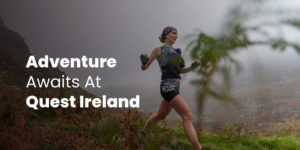
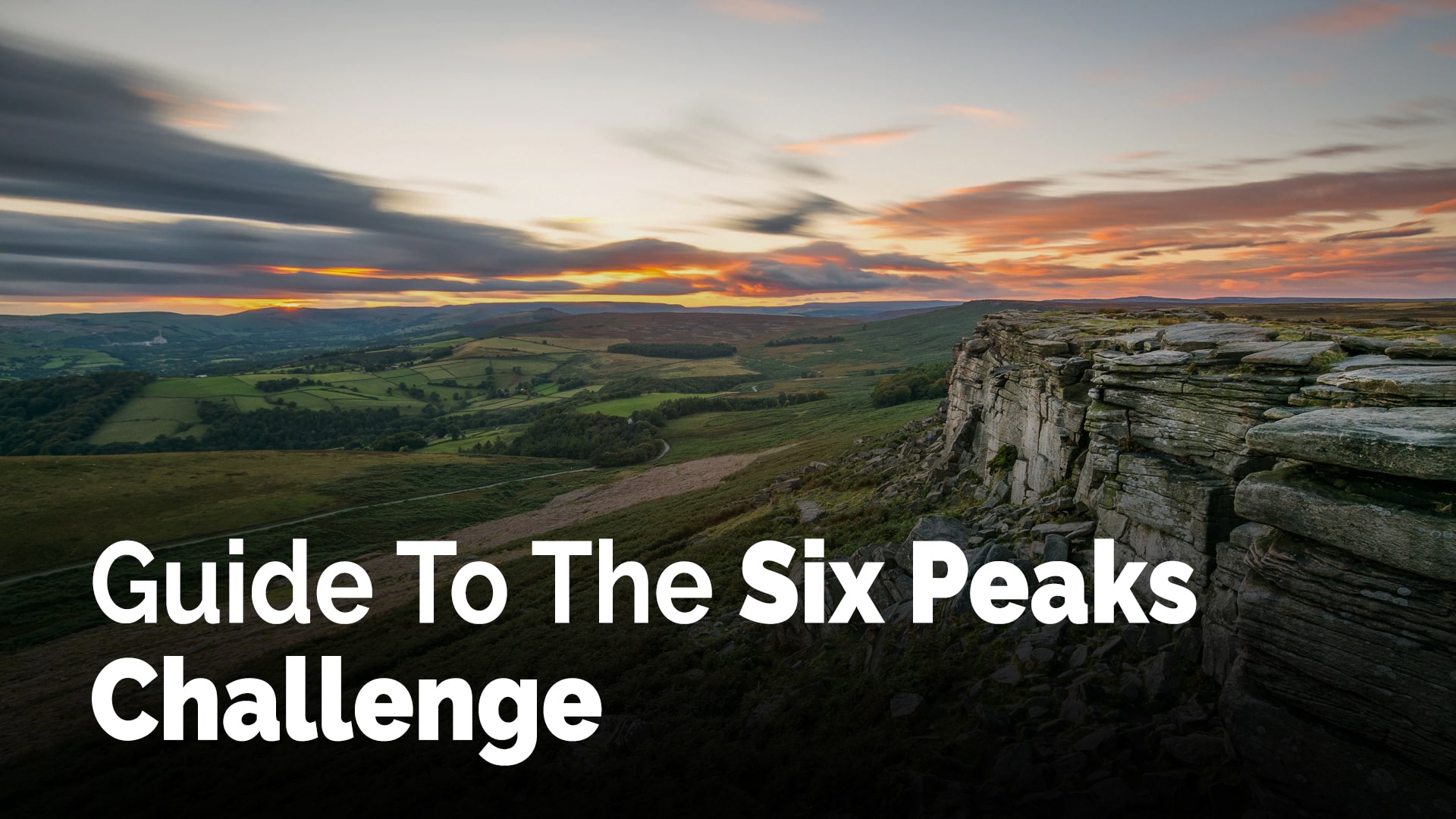
Amy
- Categories: Hiking
Guide To The Six Peaks Challenge
The Six Peaks Challenge
Just like the Three Peaks Challenge of the UK, there’s also the Six Peaks Challenge.
The 6 Peaks Challenge spans the biggest mountains across the UK and Ireland.
These mountains are Ben Nevis, Snowdon, Scafell Pike, Slieve Donard, Carrauntoohil and Snaefell.
All of these peaks offer amazing views of the surrounding area and many hikers climb these mountains every year.
The Three Peaks Challenge has hikers trying to complete all three peaks in one day.
For the Six Peaks Challenge, you might want to set a target time for yourself too.
If you aren’t keen on that, however, completing all six peaks in your own time is still a great achievement. After all, getting to the top of the 6 highest peaks in the UK and Ireland is still a great achievement.
In this guide, we will be talking about each peak and providing you with a guide on how you can reach the summit of each peak.
Without further ado, let’s get to it!
1. Ben Nevis – Lochaber, Scotland
Ben Nevis is the tallest mountain within the UK at 1344m tall.
All in all, it should take around six to eight hours to climb it completely.
Thankfully, it’s a straightforward climb and you can take the main track, the Mountain Track. It’s just over four miles long this route, so around 8.5 miles in total.
It’s easy to follow and the only difficult portion is the boulder fields.
However, you can use the cairns as a way to navigate yourself towards the summit.
The only thing is that it might be harder for you to do this if it’s cloudy or foggy. However if like me if you get to the top and its clear, you can see Northern Ireland, over 120 miles away.
In such weather, you’ll have to resort to your map and compass to find your way.
So, remember to bring those along with you on your hike.
2. Snowdon – Gwynedd, Wales
Snowdon is the next mountain to conquer as it stands at a height of 1085m.
Snowdon is in the middle of Wales’ Snowdonia National Park. Mount Snowdon is a glacier topped mountain and its peak makes for awe-inspiring views.
If you’re looking for a challenge, the Snowdon Horseshoe is a great trail to pick. This is around 7.5 miles long.
This trail has a fair bit of scrambling as you have to climb along the knife-edge ridge and uneven terrain of Crib Goch then Garnedd Ugain and Lliwedd to get to Snowdon’s summit.
This trail is truly dangerous and should only be attempted in clear and good weather.
If it is rainy or foggy, you should choose another path.
A straightforward and easier path up to Snowdon’s summit would be the Snowdon Ranger Path.
This path follows along Snowdon’s Western side and can be easily accessed from the Snowdon Ranger Youth Hostel.
All in all, it should take about six hours to hike Snowdon.
3. Carrauntoohil – County Kerry, Ireland
This is Ireland’s tallest mountain and it stands at 1038m. In total, the hike takes about six to eight hours and this is entirely dependent on the route that you take. The most popular trail is the Devil’s Ladder. However, it has become increasingly dangerous over the years due to overuse by hikers. Its a circular loop and is roughly 7.9 miles in length. It is a very popular hiking trail.
Essentially, the trail has a portion over a deep gully and this gully has become dangerous as the rock there is now loose and slippery.
Therefore, many hikers have fallen and injured themselves at this portion.
There are alternative routes but they are even more dangerous.
For example, there is the Coomloughra Horseshoe.
However, this trail has even more scrambling involved in it.
It also requires you to climb over the steep heights of Beenkeragh Ridge.
It’s infinitely scarier than the Devil’s Ladder and isn’t suited for everyone.
The Coomloughra Horseshoe should also only be attempted in good weather as low visibility would heighten the risk of this route.
4. Scafell Pike – Cumbria, England
Unlike the aforementioned mountains, Scafell Pike is not more than 1000m tall.
Instead, Scafell Pike stands only at 978m tall.
Even so, Scafell Pike is England’s tallest peak. It sits right in the middle of Lake District National Park and has many routes to the summit.
However, the tourist path is the best to attack. This one is also around 8 miles in length and the route most people doing the challenge takes, its not as scenic but its the quickest.
This takes you from Borrowdale and allows you to be surrounded by amazing scenery.
You’d follow the River Derwent up the valley from Seathwaite.
You’d have to pass waterfalls at Grains Gill and the cliffs of Great End before you see the summit.
From there, you can head down via the Corridor route.
This would expose you to even more amazing views.
5. Slieve Donard – County Down, Northern Ireland
Of the six peaks, Slieve Donard is the fifth shortest hike.
However, it can easily be seen as the one with the most amazing views as it looks over the Irish seas.
The climb is also straight forward.
You begin at Donard Park in Newcastle.
From there, you follow along the Glenn River and criss-cross until you see the Mourne Wall.
This is a huge stone wall that will lead up to Slieve Donard’s summit.
Alternatively, you can also try going from the Bloody Bridge.
This route is slightly more challenging as its incline is steeper.
However, it would allow you to reach the summit from the East of the mountain.
As such, you would get to see a usually unseen side of the mountain.
This route is, however, similar to the first-mentioned one, it will lead you to the Mourne Wall too.
The route in total is around 5.7 miles in the total distance so a bit shorter than the other mountains, but it does get steep in places.
6. Snaefell, Isle of Man
Finally, we have Snaefell, the shortest mountain of them all.
Snaefell only stands at a height of 621m.
It is the highest point available in the Isle of Man and surprisingly, it will offer you amazing views of England, Scotland, Wales, Ireland and the Isle of Man.
The path to Snaefell’s peak is pretty straightforward.
However, there is a fair bit of scrambling and climbing over ridges.
Despite it being much shorter than the rest, this hike is difficult as the terrain is rocky and uneven.
If you are not careful, you will find yourself slipping and falling down at points.
So, be careful as you ascend and descend!
If you start from the station, it’s about 1 mile in distance to the summit so a round trip is around 2 miles.
Total Hiking Distance
Assuming you follow the routes we mention above and you don’t need to, especially if you are doing them on different days, there are a lot of scenic and stunning areas around each of these mountains which needs exploring, but the total mileage you would cover is 39.6 miles.
This is one of those challenges which makes for making memories which will last a life time.
Don’t let the distance put you off or how high some of these mountains are, this is one of those challenges which is achievable for the majority of people to complete.
Other things to Consider
Doing this challenge is going to be possible in one day so some planning is going to be needed.
Accommodation
Unless you have your own private helicopter your not going to be able to do get to complete this in one day, plus if your taking ferries etc your more than likely to have some accommodation to sleep and recover.
A good plan to achieve this might be:
Day 1:
Start in Northern Ireland and head down to the Republic of Ireland. Once completed head over to Dublin and wait for the ferry. If you can get across in the same day great, if not get some accommodation here.
Day 2:
This will either be the ferry across from Ireland to the Isle of Man and climb Snaefell, or if you did get across the night before, head straight to Snaefell and summit the smallest of the three mountains. Then head straight back to the ferry port.
From the Isle of Man, you are the best heading to Liverpool Port.
I would then head south to Wales and complete Snowdown.
From Snowdown if you have a driver I would get them to drive through the night to Scarfell Pike, if not get some accommodation on route, try and get as close as possible.
Day 3:
Then from Scarfell Pike, I would head up to Scotland and summit Ben Nevis the highest Peak.
Completing this challenge in three days would require you to be a pretty quick hiker and cover the miles quickly as well as having a driver on standby so you can relax and refuel as they drive you to the next mountain.
Other options
This will take longer and a bit more planning, but why not start climbing the smallest mountain and work up to the largest mountain. Or the other way around, start on Ben Nevis and end up Snaefell.
Conclusion
These are the 6 peaks and completing them all is the Six Peaks Challenge.
One can attempt this challenge in any order.
It is entirely up to one how they would like to organise the different mountains.
However, this challenge is definitely one that’s worth trying.
There is some charity which has these organised events for you to complete the 6 peaks challenge. However, you can simply plan this on your own and go.
We hope you try it out too!
Share:
By submitting your email address, you are agreeing to receive marketing emails from theexpertcamper.co.uk.
We’ll never share your email address and you can unsubscribe at any time. Privacy policy
Related Posts
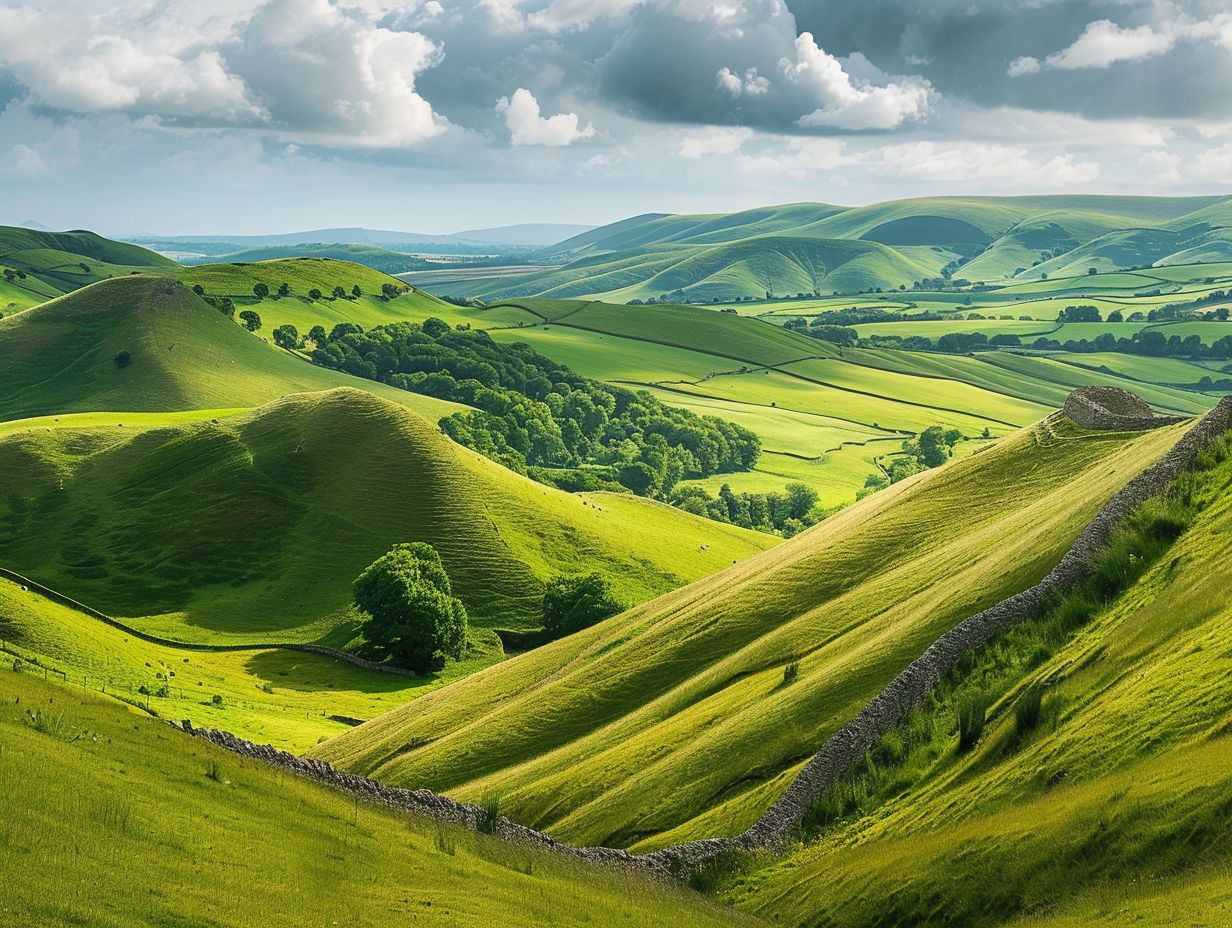
A Seasonal Guide To Hiking In The Peak District
Are you ready to lace up your hiking boots and explore the stunning landscapes of the Peak District? This seasonal guide will take you through
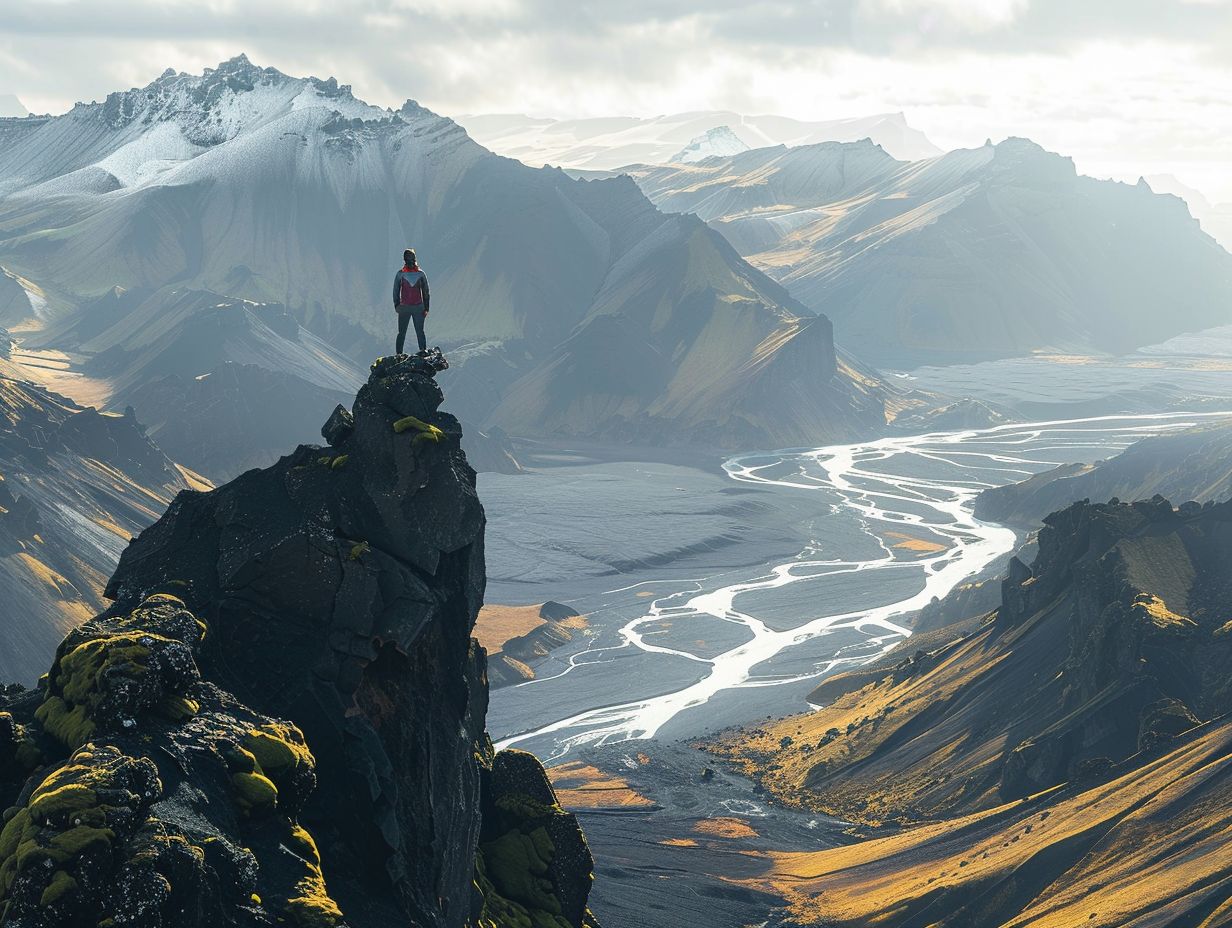
Hiking Challenges Preparing For Your First Ultrahike
Are you ready to take your hiking adventures to the next level? Ultra-hiking offers a unique combination of physical and mental challenges, breathtaking scenery, and
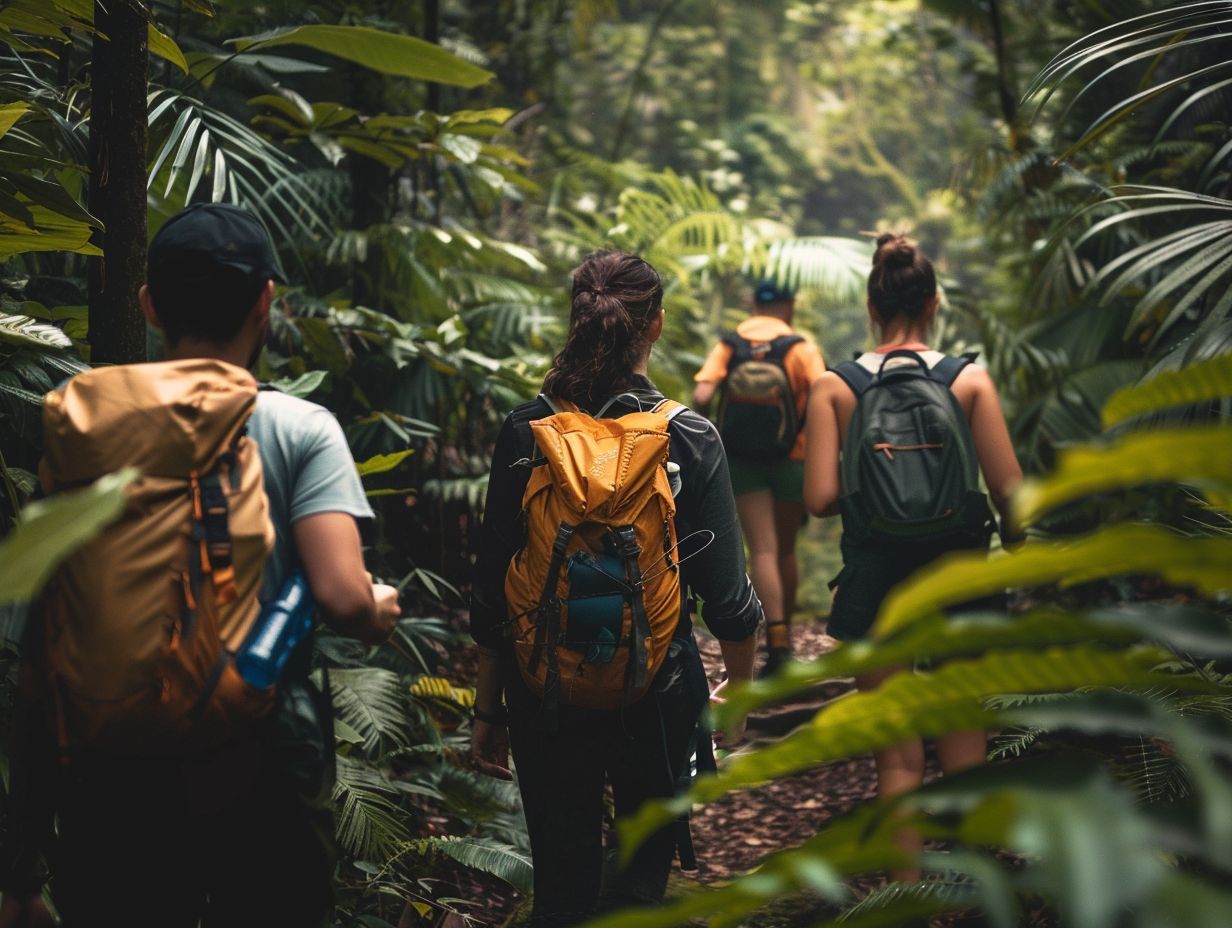
Ecofriendly Hiking Tips For Sustainable Adventures
Are you an outdoor enthusiast looking to minimise your impact on the environment while enjoying the great outdoors? Eco-friendly hiking is the perfect solution! We
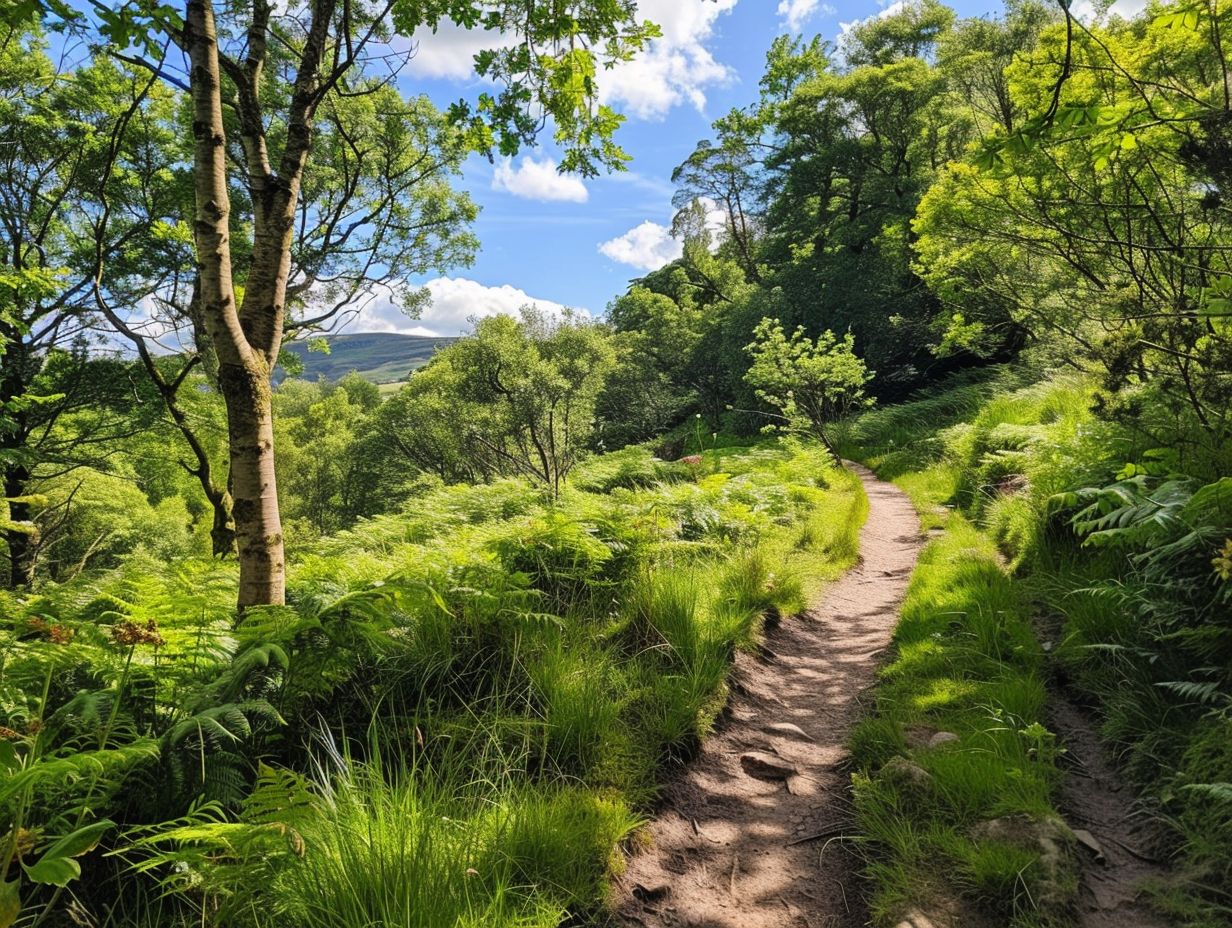
The Best Hiking Trails For Experiencing UK Wildlife
When exploring the picturesque hiking trails of the UK, you can expect to encounter a diverse array of wildlife. From majestic birds soaring overhead to
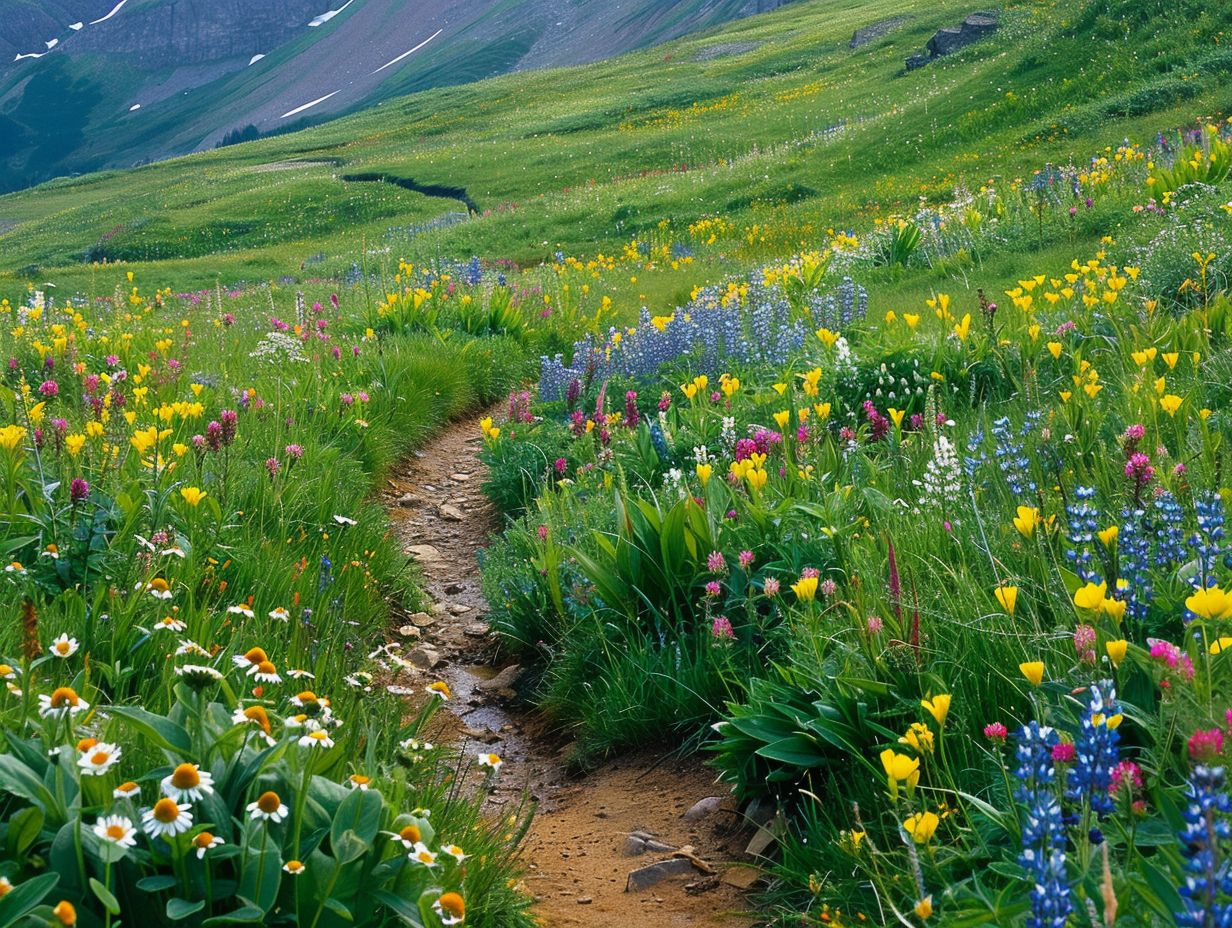
Wildflower Walks The Best Trails For Nature Lovers
Are you a nature lover looking to embark on a wildflower walk? Explore the best trails for wildflower walks, including [Trail Name 1], [Trail Name



















